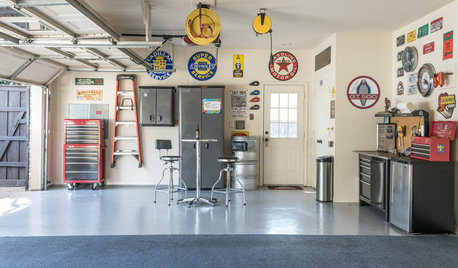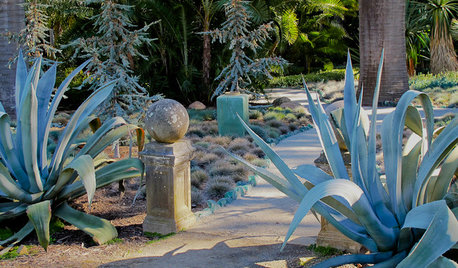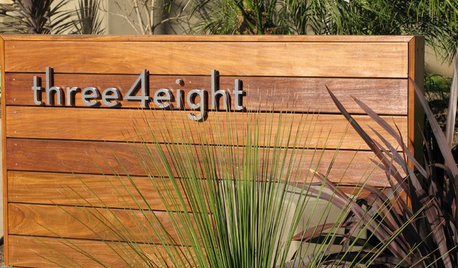HoneyCrisp apples .... ?zone 7
vieja_gw
10 years ago
Related Stories

EDIBLE GARDENSHow to Add an Apple Tree to Your Edible Garden
Readily available, beautiful and fragrant, apple trees offer four-season interest along with crisp, juicy fruit
Full Story
COLORTime to Step Out of Your Color Comfort Zone?
If you always seem to pick warm tones, or you stick to the cool ones, bucking your natural inclination could bring new energy to a room
Full Story
TREES7 Deer-Resistant Flowering Trees to Plant this Fall
If you live in a neighborhood with roaming deer, consider these beautiful trees that won't tempt hungry guests
Full Story
SPRING GARDENING7 Spectacular and Practical Spring-Flowering Trees
Put on a beauteous show in the garden with a landscape tree awash in flowers — just do your homework first
Full Story
GARDENING GUIDES7 New Plants to Grow for Beautiful Foliage
Add color, structure and interest to your garden with these recently introduced plants that sport exceptional foliage
Full Story
LANDSCAPE DESIGN7 Great Trees for Summer Shade and Fall Color
These landscape-pro faves straddle the seasons beautifully. Could one enhance your own yard?
Full Story
HOUSEKEEPING7-Day Plan: Get a Spotless, Beautifully Organized Garage
Stop fearing that dirty dumping ground and start using it as the streamlined garage you’ve been wanting
Full Story
FALL GARDENING7 Reasons Not to Clean Up Your Fall Garden
Before you pluck and rake, consider wildlife, the health of your plants and your own right to relax
Full Story
GARDENING GUIDESMonochromatic Garden Magic Done 7 Ways
Discover intriguing ways to use color in your garden by unlocking the secrets of monochromatic design
Full Story
CURB APPEAL7 Finishing Touches for a Thoughtful Front Yard
Make a great first impression with artful house numbers, water features, garden art and more
Full StoryMore Discussions








fruitnut Z7 4500ft SW TX
vieja_gwOriginal Author
Related Professionals
Citrus Heights Landscape Architects & Landscape Designers · Middletown Landscape Contractors · Tempe Landscape Contractors · Azalea Park Landscape Contractors · Belmont Landscape Contractors · Eustis Landscape Contractors · Lakewood Landscape Contractors · Madera Landscape Contractors · Oakland Landscape Contractors · Ocoee Landscape Contractors · Salem Landscape Contractors · Siloam Springs Landscape Contractors · West Chicago Landscape Contractors · West Haverstraw Landscape Contractors · Hueytown Landscape ContractorsFascist_Nation
murkwell
alan haigh
organique
alan haigh
Fascist_Nation
organique
quillfred
alan haigh